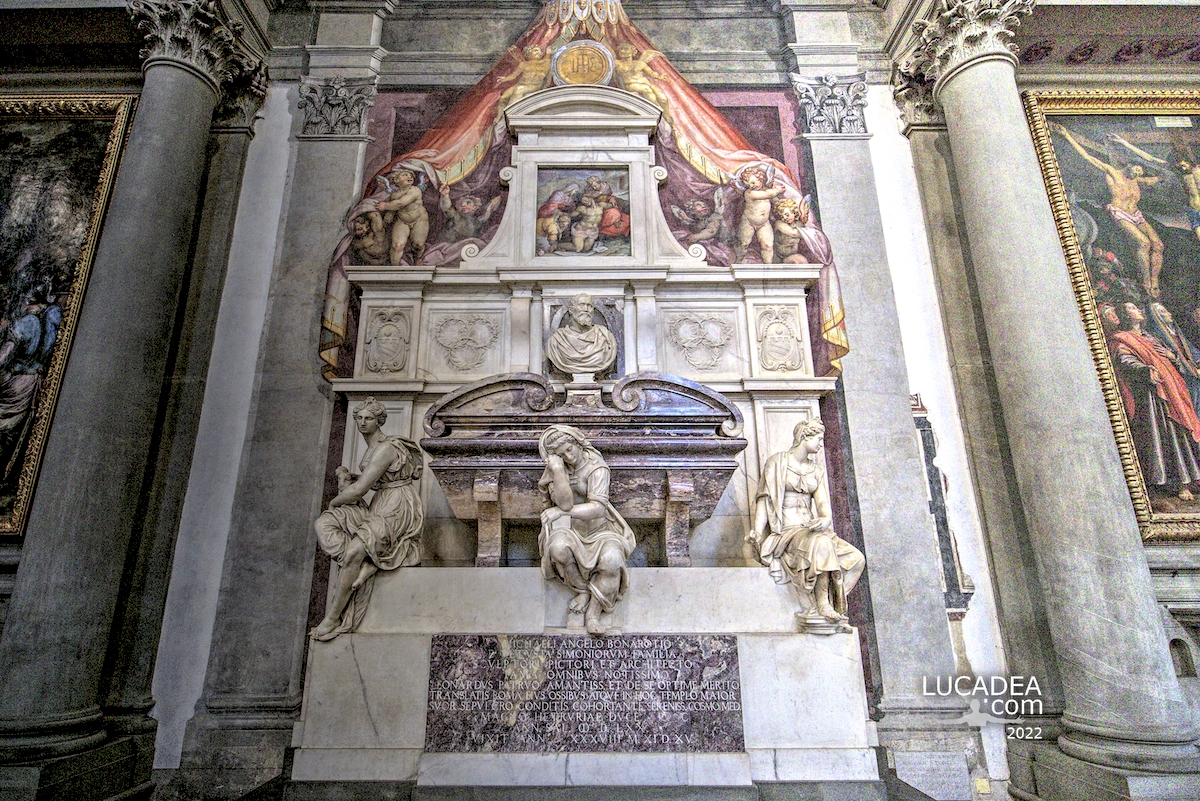The Basilica of Santa Chiara in Assisi.
The Basilica of Santa Chiara is one of the architectural jewels of Assisi, located in the square of the same name, in the southern part of the historic center. This Gothic church is dedicated to Saint Clare of Assisi, founder of the Order of the Poor Clares.
Construction of the basilica began in 1257, shortly after the death of Saint Clare, and was completed in 1265. The architect Filippo da Campello led the work, which incorporated the ancient Church of San Giorgio, where the remains of Saint Francis had been kept until 1230. In 1260, the remains of Saint Clare were transferred to the new basilica, and the solemn consecration took place in 1265 in the presence of Pope Clement IV.
The basilica has a Gothic style, with a simple but imposing façade, characterized by horizontal bands of pink and white stone. Inside, the church houses the famous Crucifix of San Damiano, which according to tradition spoke to Saint Francis. The crypt, built in 1850, houses the tomb of Saint Clare, discovered after centuries of research.
In addition to its historical and artistic importance, the Basilica of Saint Clare is a place of profound spirituality. Every year, thousands of pilgrims visit the basilica to pay homage to the saint and to participate in liturgical celebrations. The feast of Saint Clare is celebrated on August 11, while the discovery of her body is commemorated on September 23.
Do you know or have you ever been to Assisi?
Add your own comment or go to the bottom of the site to read what other visitors have written.
Photo taken with Canon EOS RP and lens Canon RF 24-50.
This is the official website of the basilica: assisisantachiara.it.
To see all the photos of Assisi click here:

Where is the basilica located:
The church was built, after the death of Saint Clare, between 1257 and 1265, around the ancient church of San Giorgio, which until 1230 had housed the mortal remains of Saint Francis. The remains of the saint were transferred already in 1260, while the solemn consecration took place in 1265, in the presence of Clement IV. The construction works were carried out by the architect Filippo da Campello.
Continue and learn more on Wikipedia
The Basilica of Saint Clare in Assisi – La basilique Santa Chiara d’Assise – La Basílica de Santa Clara en Asís – A Basílica de Santa Chiara em Assis – Die Basilika Santa Chiara in Assisi – Vương cung thánh đường Santa Chiara ở Assisi
The text of the post was written with the help of Copilot, a virtual assistant based on artificial intelligence.

















